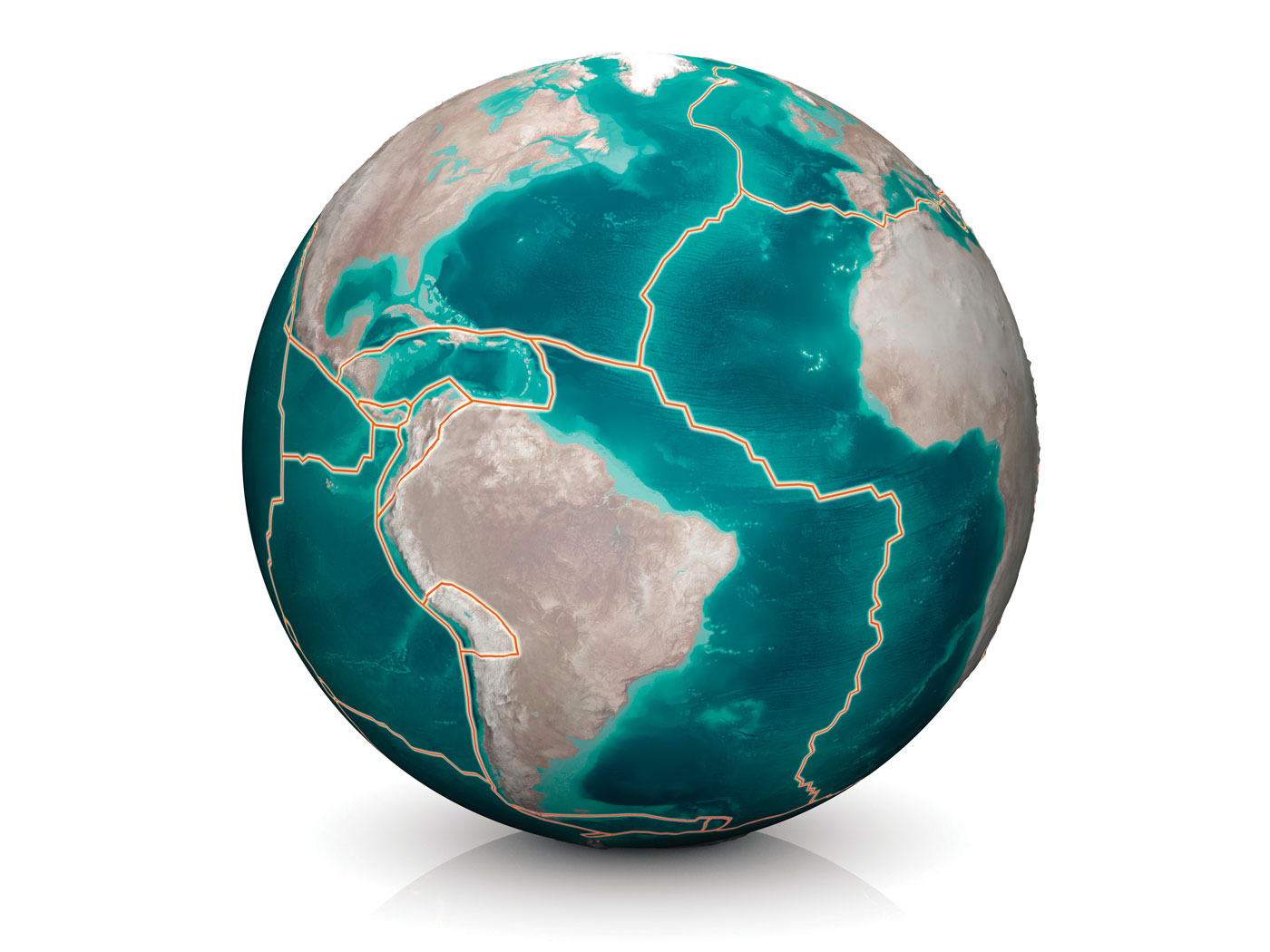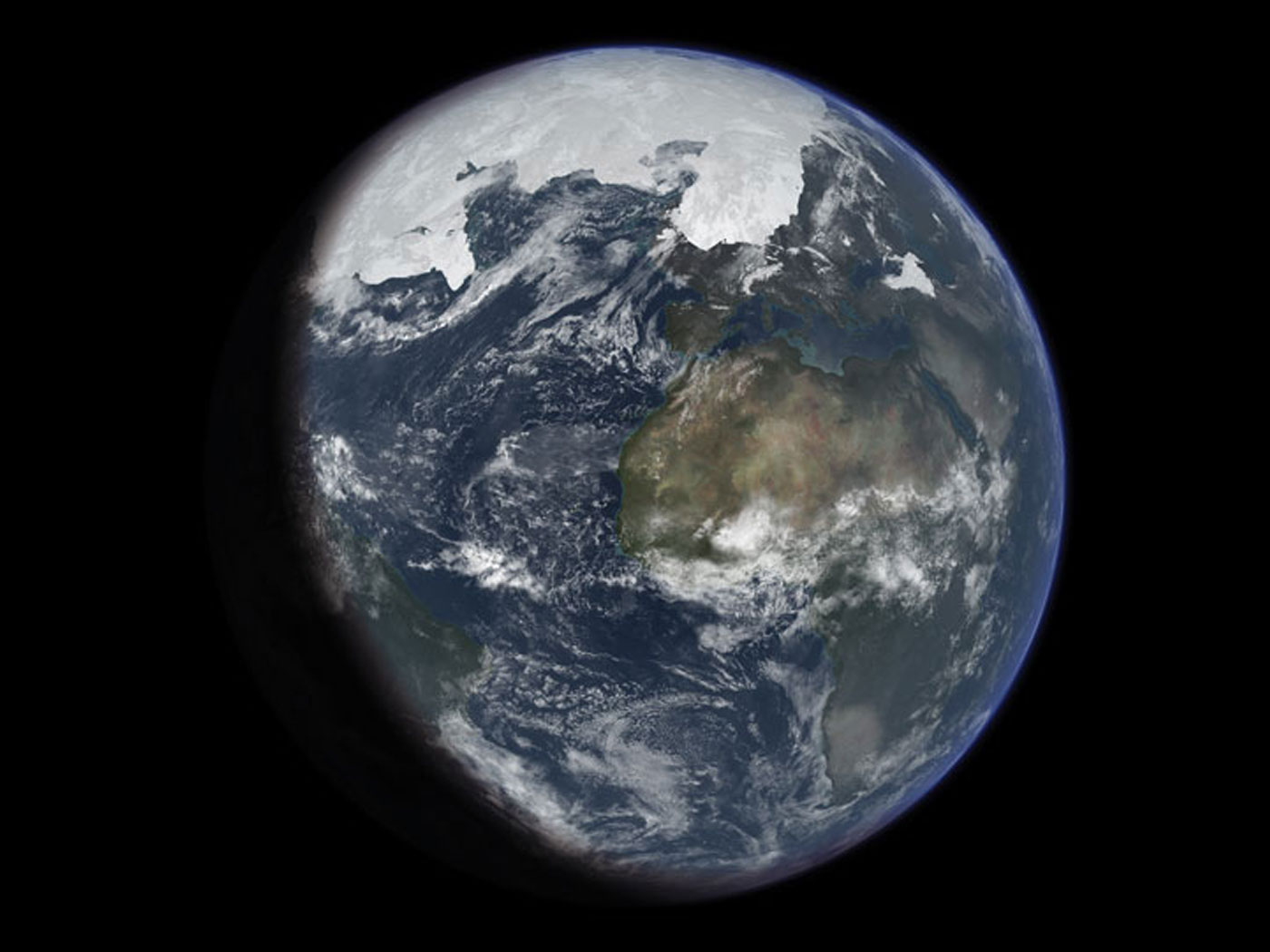The fossil record contains a plethora of shark teeth, but fossilized shark skeletons are exceptionally rare. When they are found, though, they are always 100% sharks.1,2
Because shark skeletons are made of cartilage, the fact that they’re sometimes found intact indicates a sudden and catastrophic burial such as intense flooding. Indeed, the late evolutionist Barbara Stahl stated about the burial of shark fossils (cladodonts), “They were preserved in their entirety before scavengers or bacteria had a chance to destroy them.”3
A new shark fossil was recently unearthed in Arkansas. According to de Lazaro of Sci.News, “A team of paleontologists from California State Polytechnic University and elsewhere has described a new genus and species of shark-like fish from the Late Mississippian Fayetteville Shale of Arkansas, United States.”4 Evolutionists estimate that it swam in oceans 326 million years ago, while creationists maintain it was a shark of the pre-Flood world about 4,500 years ago.
De Lazaro also said there were numerous well-preserved specimens of this new genus and species of shark as well as other organisms: “Named Cosmoselachus mehlingi, it is one of many well-preserved fossil sharks from the oil-bearing Fayetteville Shale Formation, which stretches from southeastern Oklahoma into northwestern Arkansas and has long been studied for its well-preserved invertebrate and plant fossils.”4
This huge fossil assemblage, described by Bronson et al., is what the Flood geologist would expect based on Genesis.
The formation is also famous for its fossil plants, whose abundance and good preservation enabled a reconstruction of the formation’s wetland ecosystem, and for its diverse cephalopod assemblages, which provide evidence of the formation’s marine ecosystems. The preservation of these cephalopods, including evidence of mass mortality events, is informative for reconstructing the depositional environment of the formation, which was likely characterized by rapid burial events and transgression-regression cycles which resulted in preferential preservation of cartilage, and simultaneous degradation of shell and bone.5
Bronson et al. went on to state,
Chondrichthyan paleontology is continually challenged by the rarity of cartilage in the fossil record. However, when cartilage is preserved, it provides a great deal of information about early chondrichthyan anatomy, evolution, life history strategies and reproductive structures, and phylogenetics [classifying creatures based on their alleged evolutionary relatedness].5
Despite these interpretations, these “shark-like” fossils were still sharks with no evolutionary ancestors.
In 2019, ICR’s Tim Clarey, PhD, reported, “Recently, a new species of shark [Galagadon nordquistae] was found at the site where T. rex ‘Sue’ was extracted. While this didn’t surprise Flood geologists, it required some special pleading by evolutionary scientists to explain away another apparent marine animal in the ‘wrong’ place.”6
Cosmoselachus mehlingi is just one more well-preserved shark fossil that doesn’t document real, vertical evolution of sharks. They were created as sharks just thousands of years ago, as described in Genesis 1, and most were killed and buried during the global Flood that covered all the continents.
References
- Sherwin, F. and B. Thomas. 2012. Hybrid Sharks and Evolutionary Storytelling. Acts & Facts. 41 (3): 16–17.
- Sherwin, F. The Frilled Shark...is Still a Shark. Creation Science Update. Posted on ICR.org February 2, 2015.
- Stahl, B. 1985. Vertebrate History: Problems in Evolution. Mineola, NY: Dover Publications, Inc., 177.
- de Lazaro, E. Devonian Shark Fossil Found in Arkansas. Sci.News. Posted on sci.news March 26, 2024.
- Bronson, A. et al. 2024. A new operculate symmoriiform chondrichthyan from the Late Mississippian Fayetteville Shale (Arkansas, United States). Geodiversitas. 46 (4): 101–117.
- Clarey, T. 2019. Marine Fossils Mixed with Hell Creek Dinosaurs. Acts & Facts. 48 (4): 10.
* Dr. Sherwin is a science news writer at the Institute for Creation Research. He earned an M.A. in invertebrate zoology from the University of Northern Colorado and received an honorary doctorate of science from Pensacola Christian College.




















